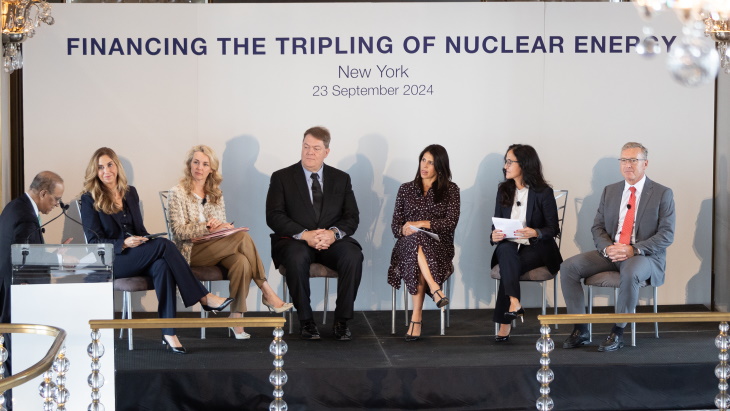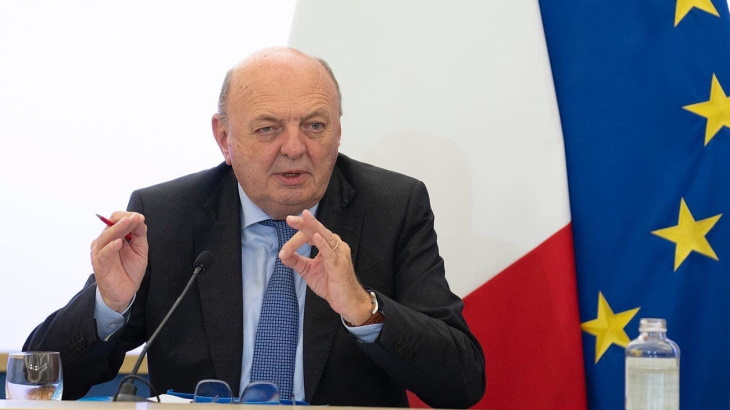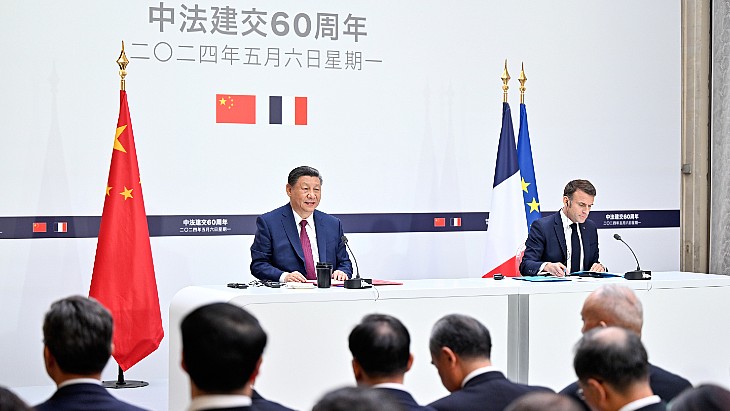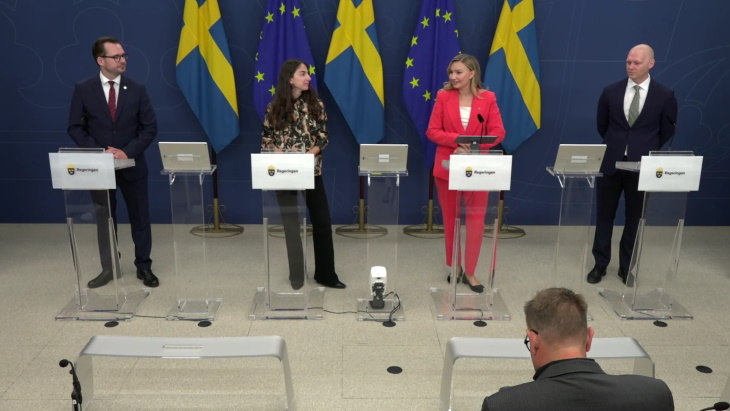Last decade of German nuclear power
Germany's policy reversal on nuclear has been completed with a new push to enter the 'age of renewables' and the accelerated dumping of nuclear technology. Industry has yet to react.
Yesterday Chancellor Angela Merkel announced a reborn phase-out based on an ethics report that said it was possible for Germany to avoid restarting the seven reactors shut during the moratorium and close the rest by 2022. She plans to use renewables to replace nuclear, which is politically unacceptable after the "unimaginable disaster" that German citizens think the Fukushima accident represents.
The 2022 end date for nuclear generation is the same as planned by previous governments, making this a total reversal of Merkel's 2009 election campaign policies to allow a further 12 years of nuclear operation - as well as legislation to effect that put through in January this year.
Merkel said that end date is fixed, and there will be no review clause in the legislation being sent to the Federal Council of Germany's 16 states. It needs to gain a two-thirds majority there to become law, but need not go to parliament, she said.
| Shutdown schedule | |||
| Reactor unit | Capacity (MWe) | Operator | Closure date |
| Biblis A | 1167 | RWE | March 2011 |
| Neckarwestheim 1 | 785 | EnBW | March 2011 |
| Brunsbüttel | 771 | Vattenfall | March 2011 |
| Biblis B | 1240 | RWE | March 2011 |
| Isar 1 | 878 | EOn | March 2011 |
| Unterweser | 1345 | EOn | March 2011 |
| Phillipsburg 1 | 890 | EnBW | March 2011 |
| Krummel | 1260 | Vattenfall | March 2011 |
| Grafenrheinfeld | 1275 | EOn | 2021 |
| Gundremmingen B | 1284 | RWE | 2021 |
| Gundremmingen C | 1288 | RWE | 2021 |
| Gröhnde | 1360 | EOn | 2021 |
| Phillipsburg 2 | 1392 | EnBW | 2021 |
| Brokdorf | 1370 | EOn | 2021 |
| Isar 2 | 1400 | EOn | 2022 |
| Emsland | 1329 | RWE | 2022 |
| Neckarwestheim 2 | 1305 | EnBW | 2022 |
There has been no official reaction to the policy from Germany nuclear operators, EOn, RWE, EnBW and Vattenfall, but the Nuclear Society (Kerntechnische Gesellschaft, KTG) called the 2022 exit date a "sham" based on the lack of clarity in plans to actually replace nuclear plants that provide about one quarter of electricity. The chair of that group, Astrid Petersen, noted that the Nuclear Safety Commission had reviewed German nuclear power plants in the light of the causes of the Fukushima accident and found all to be in order. The shutdown is "deeply irresponsible and not ethically motivated," said Petersen.
A snap decision just days into the Fukushima accident saw Germany close seven reactors that account for over 40% of the fleet. These will remain offline, although fear of blackout over the next two winters means some may be kept in a state of 'cold reserve'. The matter of who would actually pay for this was not covered by government statements or a press conference, but Merkel did say she would prefer this role to be taken by fossil plants. The practicalities of bringing a nuclear plant back on short notice would be complicated by the need for a special licence.
The potential for blackouts in the industrial south of the country during the coldest part of the year presents considerable risk of damage to Germany, said the government, ordering grid operator the Federal Network Agency to arrange provisions for reserve capacity.
Besides those already shut, another group of six large reactors will be allowed to operate until 2021, with a final group of three going until 2022. There is no provision to stretch out the dates using operational patterns or to move generation allowances from one unit to another, and the shutdowns are to come as 'cascades' rather than overnight on the given dates.
As well as doubling the output of renewables by 2020 to reach 35% of generation, Germany also wants to cut its carbon dioxide emissions by 40% compared to 1990 levels. However, fossil fuels remain untouched by the new policy, the purpose of it being purely to replace nuclear with renewables. Some 19 fossil power plants are under construction in Germany to come online within a few years.
To maintain growth in wind and solar power, the 3.5 euro cent tax on each kilowatt-hour comsumed will remain as a source of subsidy funds. However, the "extreme support" so far given to energy-intensive industry will be downscaled. In the past users of up to 10 gigawatt-hours each year paid nothing to this subsidy fund, with contributions reaching 0.05 euro cents per kilowatt-hour only for the most intensive users. Now a sliding scale is being brought in, starting at usage rates of 1 gigawatt-hour each year.
Another energy tax to support renewables is the levy on nuclear fuel, set at €145 per gram of uranium. This is enough to take about half the profit from those nuclear power plants that remain.
Researched and written
by World Nuclear News









_66488.jpg)


